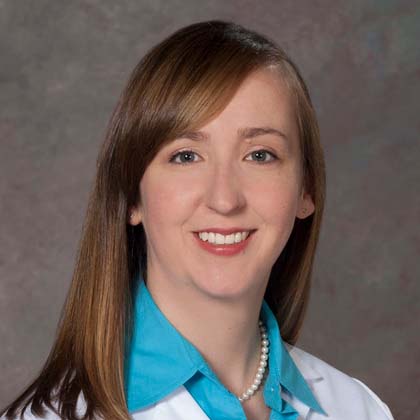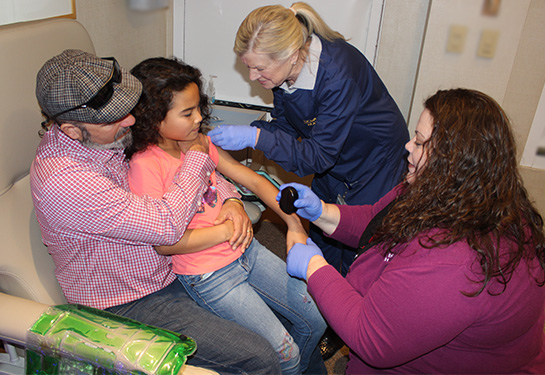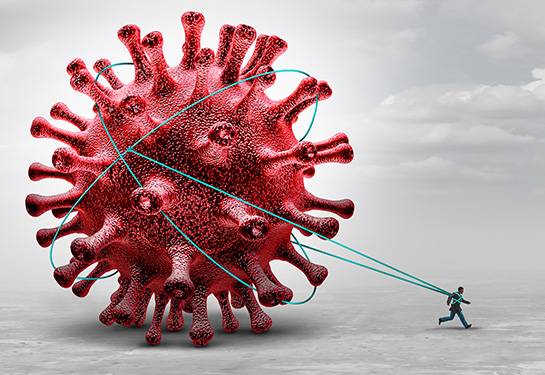New study shows vaccinated health care workers at low risk of transmitting COVID-19
Prevention strategies and vaccinations reduced transmission by vaccinated workers with breakthrough infections
A new study shows vaccinated healthcare workers who had breakthrough COVID-19 infections are at low risk of transmitting the virus to patients and colleagues in a health care setting.

The research showed infection prevention strategies such as symptom screening, universal masking and social distancing per the Centers for Disease Control and Prevention (CDC) recommendations, coupled with a highly vaccinated workforce substantially reduced the risk of transmission by vaccinated people working while infectious.
“The results of our study show that layering infection prevention strategies is highly effective in limiting secondary cases among vaccinated individuals,” said Sarah Waldman, assistant clinical professor of Infectious Diseases at UC Davis Health and lead author of the study. “This suggests adoption of such strategies in community settings, including masking and social distancing, could substantially mitigate secondary infections among vaccinated individuals in the community and all work environments.”
For the study, Waldman teamed up with Stuart Cohen, chief of the Division of Infectious Diseases at UC Davis, and infectious disease experts at UC San Francisco, UC Irvine and UCLA.
The team evaluated breakthrough COVID-19 infections in vaccinated health care staff during the Delta variant surge in California from June 1 - July 26, 2021. They assessed cases at four large academic medical centers in the University of California system (UC Davis, UC Irvine, UC Los Angeles, and UC San Francisco). Staff were defined as all health care employees, both patient care and nonpatient care, plus trainees and students.
Among the four health systems, there were 88,570 health care workers. The overall vaccination rate was 82%, with the vast majority having received mRNA vaccines. A total of 11,836 workers underwent COVID-19 testing, of which 3.7% were confirmed to have COVID-19 infections. The overall breakthrough case rate among vaccinated staff members was 0.43% during the study period.
“In those for whom we had data available, the predominant suspected source of their infection was community acquisition,” said Waldman. “The numbers showed COVID-19 cases among the health care workers were largely driven by social gatherings and household exposures occurring outside of the health care setting.”
Overall, COVID-19 infections among vaccinated health care workers contributed to an average of 1.73 work-related exposures per health system at a ratio of 29% patients and 71% staff. The overall proportion of secondary cases due to vaccine breakthrough disease was just 0.75%.
“The important message that needs to be taken from this study is that patients should feel safe seeking medical care, despite the surge of the Delta variant,” said Waldman. “It also highlights the importance for all individuals to get vaccinated and continue to use a layered approach to prevent spread of the virus by masking and social distancing when in public.”



